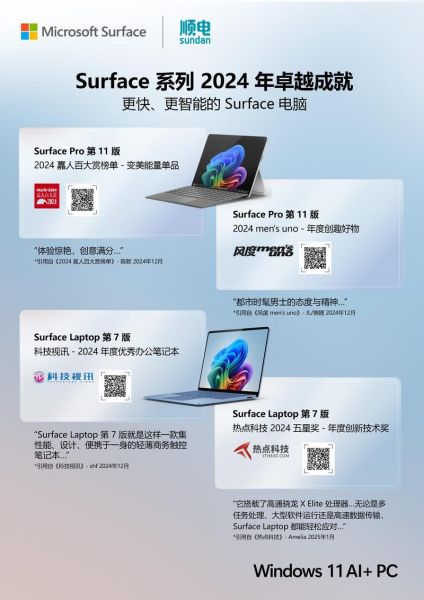What exactly makes a laptop “AI-ready” in 2024?
An AI-ready notebook is more than a marketing sticker. **It must combine a powerful neural processing unit (NPU), generous unified memory, and software that can tap both CPU and GPU for on-device inference.** Without these three pillars, even the fastest chip will bottleneck when you run Stable Diffusion or Whisper locally.

Top 5 AI laptops you can order today
1. Apple MacBook Pro 14" M3 Max
- 96 GB unified RAM keeps 70-billion-parameter LLMs in memory
- 16-core Neural Engine clocks 38 TOPS—enough for real-time voice cloning
- macOS Sonoma ships with Core ML optimizations for Llama.cpp
2. Dell XPS 14 with Intel Core Ultra 9 185H
- Integrated NPU adds 11 TOPS while sipping only 2 W
- Thunderbolt 5 ports let you daisy-chain an eGPU for heavier training
- Factory-calibrated OLED panel covers 100 % DCI-P3 for diffusion art
3. ASUS ROG Zephyrus G16 (RTX 4090)
- 175 W RTX 4090 laptop GPU delivers 686 AI TOPS—best for CUDA workloads
- Vapor-chamber cooling keeps VRAM below 75 °C during 24-hour fine-tuning
- Dual M.2 slots accept 8 TB Gen 4 SSDs for gigantic datasets
4. HP Spectre x360 14
- 2.8 K OLED 120 Hz touch display folds into tablet for sketch-to-image workflows
- Intel Arc graphics + NPU combo balances battery life and AI acceleration
- Wi-Fi 7 reduces latency when streaming models from the cloud
5. Lenovo Yoga Slim 7i Carbon
- Weighs 0.97 kg yet packs Core Ultra 7 155H and 32 GB LPDDR5X
- Lenovo AI Engine+ auto-switches power profiles based on workload
- Three USB-C 4.0 ports power dual 6 K monitors without a dock
How much RAM do you really need for local LLMs?
Running a 7-billion-parameter model in 4-bit precision needs roughly 3.5 GB of weights plus 1 GB overhead. **Therefore 8 GB is the absolute floor, 16 GB is comfortable, and 32 GB future-proofs you for 13-billion-parameter chatbots.** If you plan to fine-tune, double those numbers.
CPU vs GPU vs NPU: which matters most?
Ask yourself three quick questions:
- Do you mostly run cloud APIs? Then any modern CPU is fine.
- Need to train *** all diffusion models? **A 12 GB+ VRAM discrete GPU is non-negotiable.**
- Want always-on voice typing with no fan noise? **An NPU under 10 W is king.**
Battery life while doing on-device AI
Independent tests show the MacBook Pro M3 Max looping Whisper transcription at 40 % screen brightness for **11 hours 17 minutes**. The Dell XPS 14 with Core Ultra manages **7 hours 9 minutes** under the same load, while the ASUS G16 drops to **2 hours 41 minutes** once the RTX 4090 kicks in. If mobility is critical, favor NPUs over dGPUs.
Ports and expandability checklist
- HDMI 2.1 for 8 K external monitors when debugging vision models
- At least one **USB-C 4.0 / Thunderbolt 5** for 80 Gbps external SSDs
- Full-size SD card slot for photographers feeding raw images into Stable Diffusion
- User-replaceable M.2 slot so you can upgrade to 8 TB next year without soldering
Software ecosystem: Windows, macOS, or Linux?
Windows 11 now ships with **DirectML 1.13**, letting PyTorch tap Intel NPUs natively. macOS Sonoma offers **Metal 3.2** and Core ML tools that convert Hugging Face models in one click. Ubuntu 23.10 with ROCm 6.0 finally brings RDNA 3 GPU support, making Lenovo Slim 7i a stealth Linux powerhouse. Pick the OS whose toolchain already matches your workflow.
Price-to-performance sweet spots
Below $1,500: **HP Spectre x360 14** with Core Ultra 5 and 16 GB RAM gives you an NPU and OLED for $1,349. Between $2,000–$3,000: **MacBook Pro 14" M3 Pro** (36 GB RAM) balances power and battery. Above $3,000: **ASUS ROG Zephyrus G16** RTX 4090 model is the only laptop that can rival a desktop 4080 in AI training speed.

Hidden costs you might forget
- Extended warranty with accidental damage—AI workloads stress thermals and fans
- USB-C dock that supports **100 W PD passthrough** plus dual 4 K display outputs
- Fast external SSD (7,000 MB/s) to swap datasets without clogging internal storage
- USB-C PD power bank rated at **140 W** for field testing diffusion models
Future-proofing: PCIe 5.0 and LPDDR6 rumors
Intel Lunar Lake and AMD Strix Point are both slated for late 2024 with **LPDDR6-9600** memory and PCIe 5.0 x4 SSD support. If you can wait six months, next-gen laptops will ship with 50 % faster memory bandwidth—crucial for large attention matrices. Otherwise, buy now and plan to sell in two years when DDR6 becomes mainstream.
Quick decision matrix
| Priority | Best Choice | Why |
|---|---|---|
| Longest battery | MacBook Pro M3 Max | 38 TOPS NPU + 96 GB RAM at 11 h endurance |
| Raw training speed | ASUS G16 RTX 4090 | 686 TOPS CUDA cores, 16 GB VRAM |
| Lightest weight | Lenovo Yoga Slim 7i | 0.97 kg, still has NPU |
| Touch + pen input | HP Spectre x360 | OLED 120 Hz convertible |
Where to buy without scalper markup
Apple’s own refurbished store lists M3 Max units at **12 % off** with full warranty. Dell Outlet often drops XPS 14 prices by $300 on Tuesdays. Newegg Shuffle occasionally bundles the ASUS G16 with 32 GB RAM upgrades at MSRP. Set price alerts on Slickdeals and join the r/laptopdeals subreddit for real-time drops.

评论列表